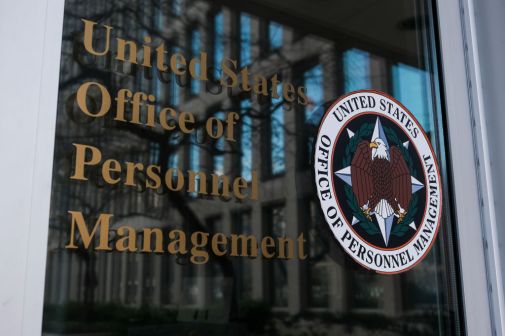Defense Secretary Chuck Hagel on Tuesday announced sweeping changes to the way the Pentagon conducts background investigations for more than 2.5 million military, civilian and contractor personnel who currently hold security clearances.
The changes come after a six-month investigation into the security lapses that allowed the Navy Yard shooter, Aaron Alexis, to avoid greater scrutiny after multiple run-ins with law enforcement in the months and years leading up to his Sept. 16, 2013, mass shooting that killed 12 people at the Naval Sea Systems Command headquarters in Washington, D.C.
“The reviews identified troubling gaps in DOD’s ability to detect, prevent and respond to instances where someone working for us -– a government employee, a member of our military or a contractor –- decides to inflict harm on this institution and its people,” Hagel said, speaking March 18 to reporters at the Pentagon.
Hagel announced four major initiatives to combat the evolving insider threat, including the launch of a continuous evaluation program of personnel with access to DOD facilities or classified information.
“While individuals with security clearances undergo periodic reinvestigations, I am directing the department to establish automated reviews of cleared personnel that will continuously pull information from law enforcement and other relevant databases,” Hagel said.
These automated checks will be managed and analyzed in a new Insider Threat Management and Analysis Center. The center also will advise and support DOD components to ensure appropriate action is taken on each case, Hagel noted.
The Pentagon will also centralize authority and accountability for physical and personal security under a single staff assistant located in the Office of the Undersecretary of Defense for Intelligence. According to Hagel, these responsibilities are currently spread across multiple DOD components.
“This action will identify one person within DOD who is responsible for leading efforts to counter insider threats,” he said.
There will also be an IT component to the changes announced by Hagel. DOD plans to accelerate development of the Defense Manpower Data Center’s Identity Management Enterprise Services Architecture, called IMESA, allowing DOD security officers to share access control information and continuously vet individuals against U.S. government databases.
As many as 4.9 million federal government and contractor employees currently hold or are eligible to hold a security clearance. And the government spent more than $1 billion in 2011 to conduct more than 2 million background investigations. But the government faces a monumental task of maintaining accurate and current information on employees, especially as current guidelines only require holders of secret-level clearances to undergo new investigations every 10 years and top-secret clearance holders every five years.
More than 95 percent of the government’s security clearance investigations are conducted by the Office of Personnel Management. But one of the major shortcomings of the current process remains the lack of information sharing about an employee’s continued suitability to hold a clearance between reinvestigations. Information about arrests, financial troubles or foreign travel is not captured and reported the time between reinvestigations remains a major security gap.
“We reached the conclusion that the department should reassess whether it wants to continue depending on the Office of Personnel and Management to conduct investigations,” said former Assistant Secretary of Defense Paul Stockton. “OPM is already making important improvements in the oversight that they conduct for the private-sector contractors that conduct these investigations. We believe that the department should take a deep look at the other models that exist, including the State Department’s decision to be responsible for its own investigations.”
Follow @DanielVerton






